Research reveals microplastic content levels in seafood
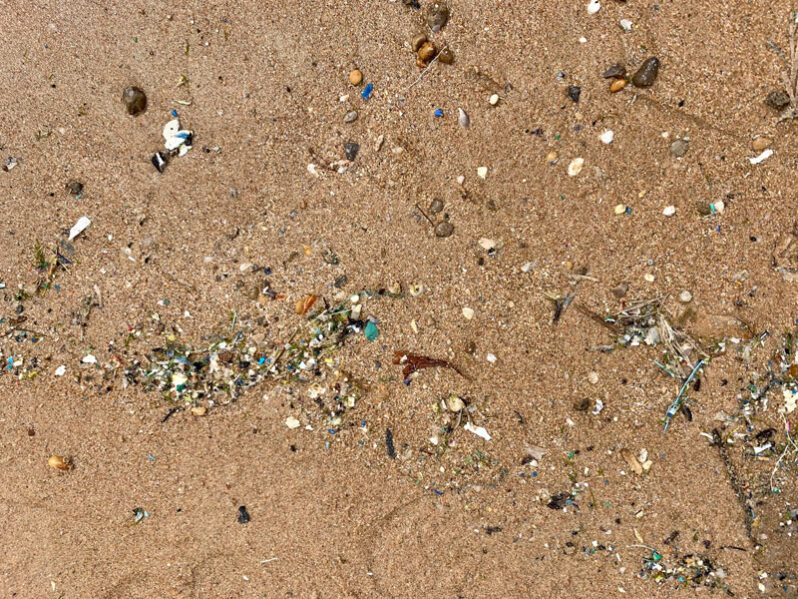
Levels of plastic contamination has been found in samples of popular seafood such as prawns, oysters and crabs, with the highest content found in sardines, according to University of Queensland research.
Maldives records highest level of micro plastic pollution on the planet

The amount of micro plastic pollution in waters around the Maldives, a global tourist destination known for its beautiful coastline, is amongst the highest in the world and has the potential to severely impact marine life in shallow reefs and threaten the livelihoods of island communities.
Researchers make major, concerning microplastics discovery
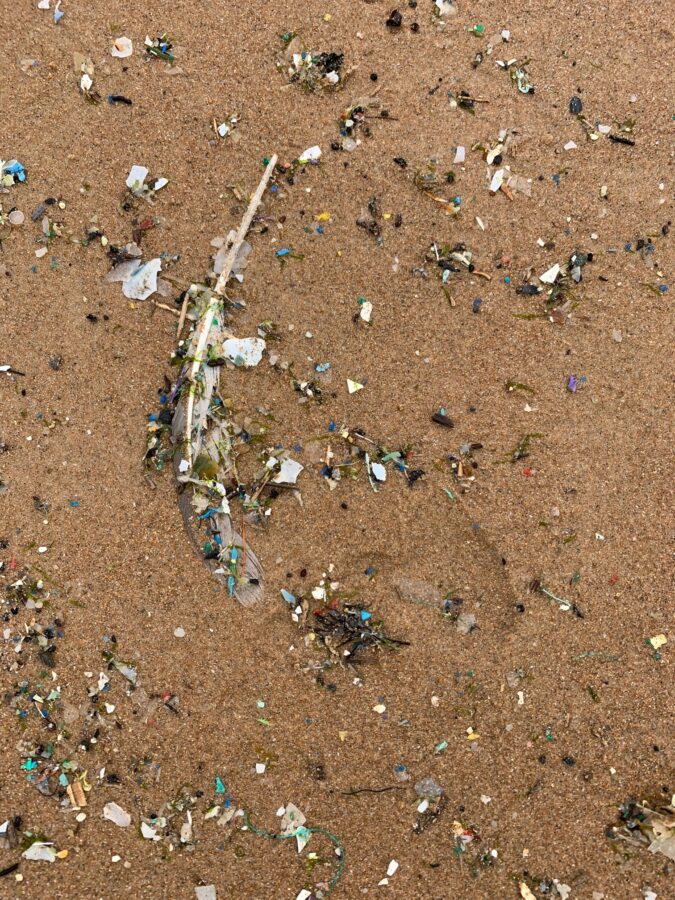
Researchers discovered that microplastics in our freshwaters are being broken down into even smaller nanoplastics. Their findings have significant consequences for the understanding of microplastics in our environment and could have implications for the food chain.
Plastic trash flowing into the seas will nearly triple by 2040 without drastic action

The amount of plastic trash that flows into the oceans every year is expected to nearly triple by 2040 to 29 million metric tons.
A world drowning in plastic pollution: Breaking the Plastic Wave
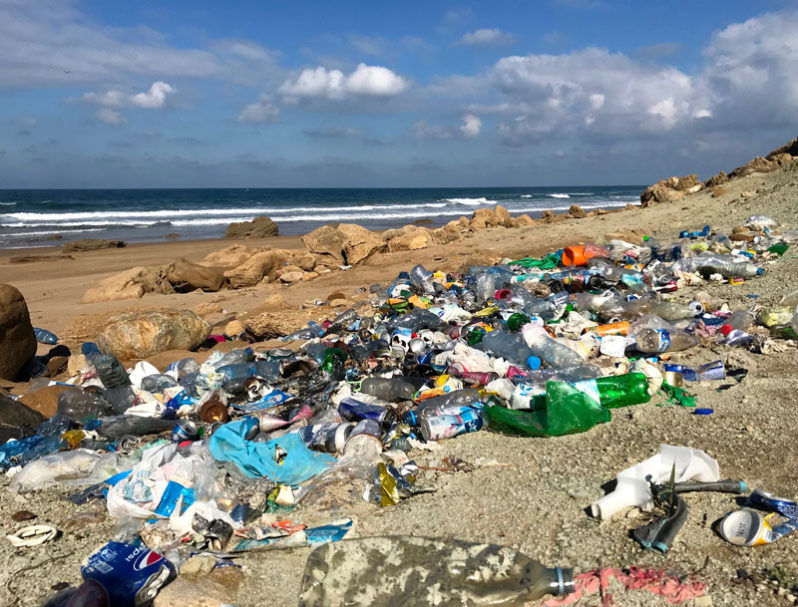
More than 1.3 billion tonnes of plastic will be dumped on land and in the oceans over the period from 2016 to 2040 unless the world acts, say a team of 17 global experts who have developed a computer model to track the stocks and flows of plastic around the world.
Surfrider’s 2019 Beach Cleanup Report
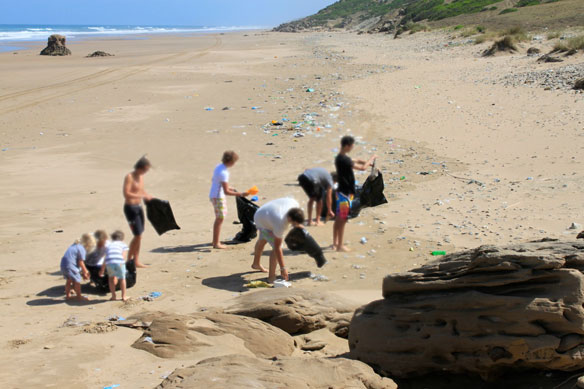
Surfrider released the 2019 Beach Cleanup Report today, confirming that plastic is the most common material found on the beaches and the percentage of microplastics continues to increase. Nine out of the top ten items collected on the beaches were plastic, and 25% of all items collected were plastic fragments smaller than a dime.
Coronavirus and the return of plastic – in pictures
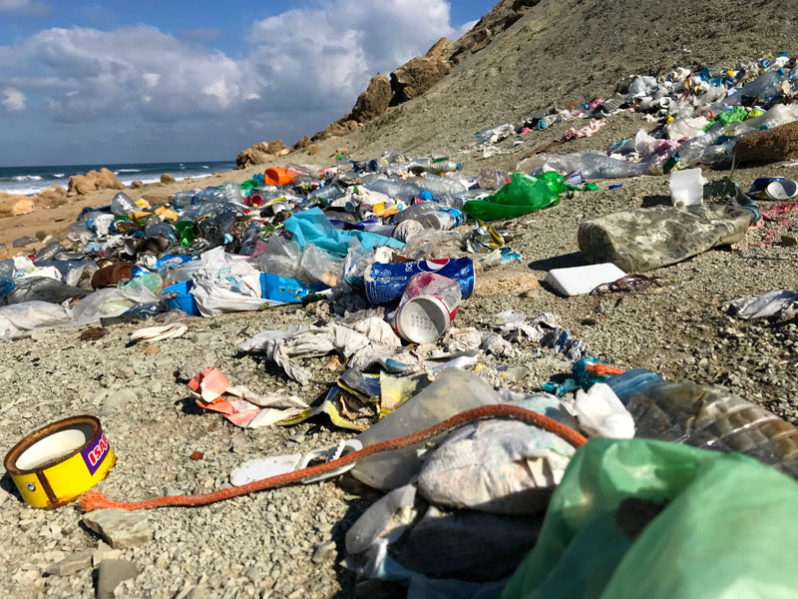
Until recently it was possible to imagine the end of plastic, but Covid-19 has changed the game. Since the pandemic started, there has been a significant increase in plastic waste.
What happens to the plastic we throw out
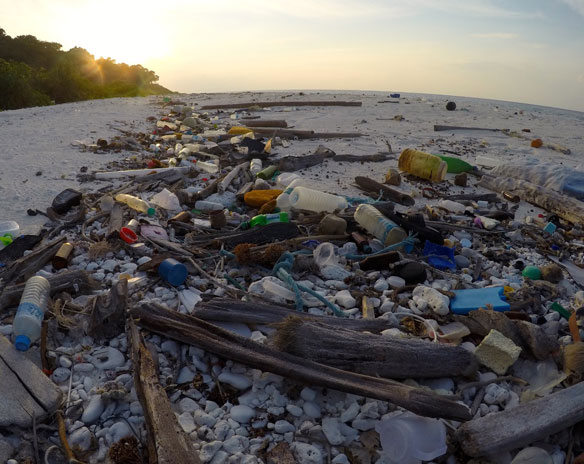
How a piece of trash can travel from land to Henderson Island, an uninhabited, remote island in the middle of the South Pacific Ocean.
Plastic Free July – 2020

Plastic Free July is a global movement that helps millions of people be part of the solution to plastic pollution – so we can have cleaner streets, oceans, and beautiful communities. Will you be part of Plastic Free July by choosing to refuse single-use plastics?
